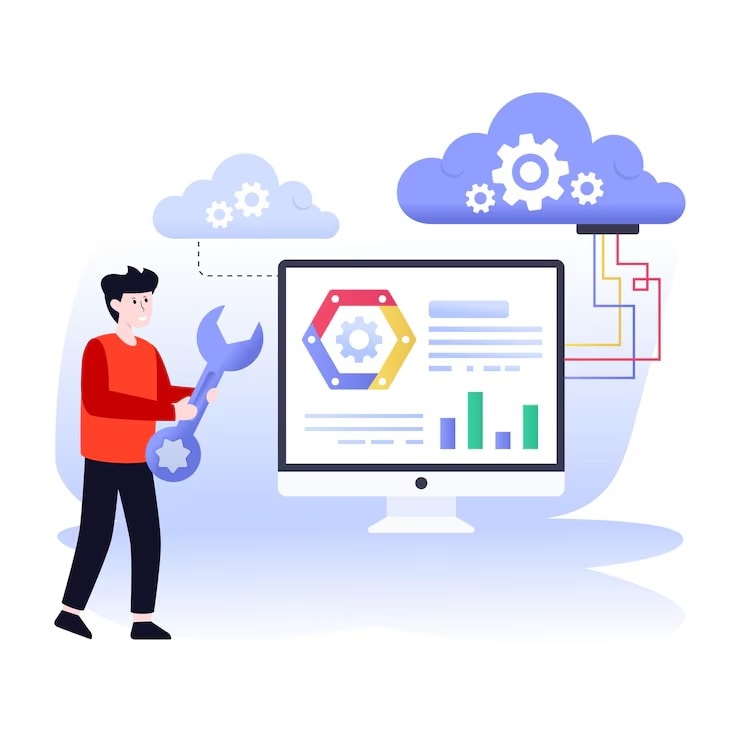Service Detail

Software Support and Maintenance
Software support and maintenance are crucial for ensuring applications remain functional, efficient, and aligned with evolving business needs, encompassing bug fixes, updates, and performance enhancements.
Key Features:
Bug Fixes and Issue Resolution:
Corrective Maintenance: Addressing issues that arise after software deployment, such as bugs, errors, and glitches.
Troubleshooting: Diagnosing and resolving technical problems reported by users or identified through monitoring.
Software updates and patches: Implementing fixes and updates to address security vulnerabilities and improve software stability.
Performance Enhancement and Optimization:
Perfective Maintenance: Improving software functionality, performance, and user experience.
Adaptability and Scalability:
Adaptive Maintenance: Adapting software to changes in the environment, including hardware, operating systems, and user requirements.
Feature Enhancements: Adding new features and functionalities to meet evolving user needs and business requirements.
User Support and Training: End-User Support: Providing assistance to users with questions, issues, and troubleshooting.
Benefits:
Improved Performance: Regular maintenance and updates can lead to significant performance improvements.
Enhanced Security: Staying up-to-date with security patches and updates is crucial for protecting against vulnerabilities.
Increased Reliability: Addressing bugs and potential issues ensures the software remains reliable and stable.
Better User Experience: Enhancements and updates can improve the user experience and make the software easier to use.
Cost Savings: Proactive maintenance can prevent costly downtime and reduce long-term support costs.
